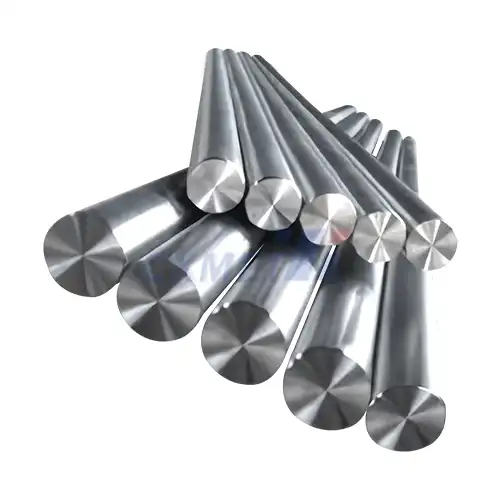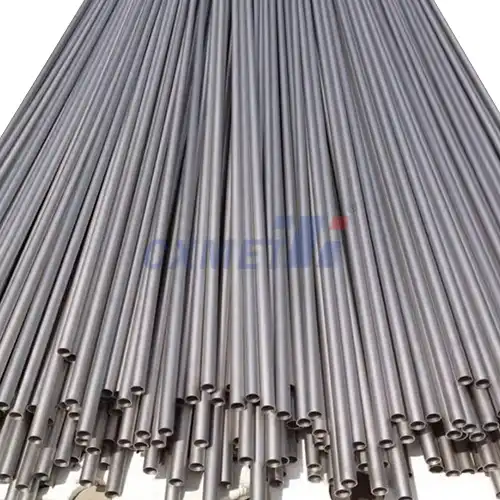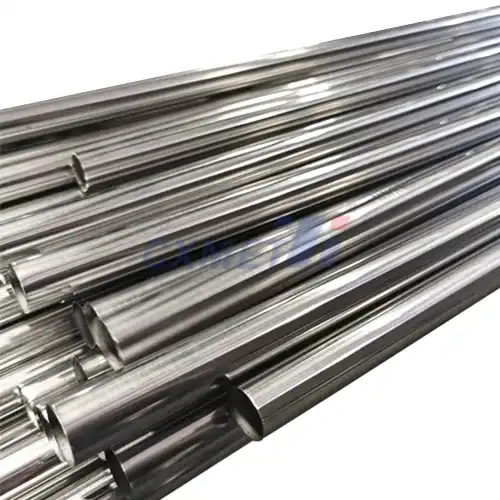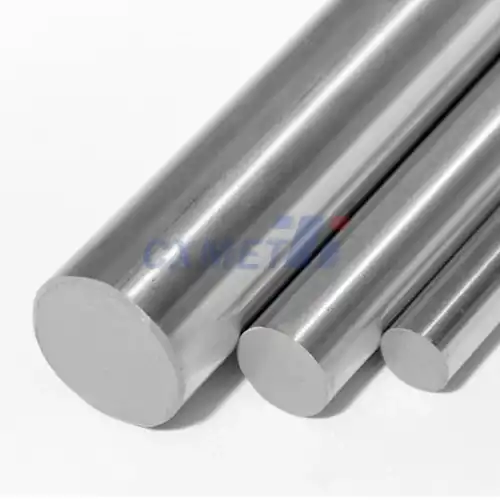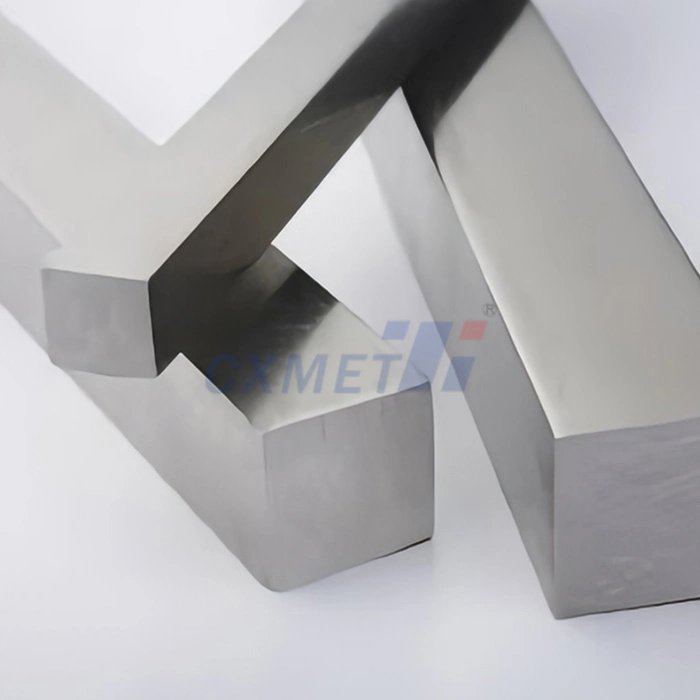- English
- French
- German
- Portuguese
- Spanish
- Russian
- Japanese
- Korean
- Arabic
- Greek
- German
- Turkish
- Italian
- Danish
- Romanian
- Indonesian
- Czech
- Afrikaans
- Swedish
- Polish
- Basque
- Catalan
- Esperanto
- Hindi
- Lao
- Albanian
- Amharic
- Armenian
- Azerbaijani
- Belarusian
- Bengali
- Bosnian
- Bulgarian
- Cebuano
- Chichewa
- Corsican
- Croatian
- Dutch
- Estonian
- Filipino
- Finnish
- Frisian
- Galician
- Georgian
- Gujarati
- Haitian
- Hausa
- Hawaiian
- Hebrew
- Hmong
- Hungarian
- Icelandic
- Igbo
- Javanese
- Kannada
- Kazakh
- Khmer
- Kurdish
- Kyrgyz
- Latin
- Latvian
- Lithuanian
- Luxembou..
- Macedonian
- Malagasy
- Malay
- Malayalam
- Maltese
- Maori
- Marathi
- Mongolian
- Burmese
- Nepali
- Norwegian
- Pashto
- Persian
- Punjabi
- Serbian
- Sesotho
- Sinhala
- Slovak
- Slovenian
- Somali
- Samoan
- Scots Gaelic
- Shona
- Sindhi
- Sundanese
- Swahili
- Tajik
- Tamil
- Telugu
- Thai
- Ukrainian
- Urdu
- Uzbek
- Vietnamese
- Welsh
- Xhosa
- Yiddish
- Yoruba
- Zulu
What are the Typical Specifications for Titanium Flange Tube Sheets?
2024-09-09 15:33:57
Titanium flange tube sheets are critical components in various industrial applications, particularly in heat exchangers and pressure vessels. These specialized components are designed to withstand extreme conditions while providing excellent corrosion resistance and strength-to-weight ratio. Understanding the typical specifications for titanium flange tube sheets is essential for engineers, manufacturers, and end-users to ensure optimal performance and longevity of their equipment.
What are the key material properties of titanium used in flange tube sheets?
Titanium has become a material of choice for flange tube sheets due to its unique combination of properties. The most commonly used titanium alloy for this application is Grade 2 titanium, also known as commercially pure titanium (CP titanium). This grade offers an excellent balance of strength, ductility, and corrosion resistance.
The key material properties of Grade 2 titanium used in flange tube sheets include:
1. Tensile Strength: Grade 2 titanium typically has a minimum tensile strength of 345 MPa (50,000 psi). This high strength allows the tube sheet to withstand significant pressure differentials and mechanical stresses.
2. Yield Strength: The yield strength of Grade 2 titanium is approximately 275 MPa (40,000 psi). This property ensures that the tube sheet can resist deformation under load while maintaining its structural integrity.
3. Elongation: Grade 2 titanium exhibits an elongation of about 20% in a 50 mm gauge length. This ductility is crucial for the fabrication process and allows for some degree of flexibility in the final product.
4. Modulus of Elasticity: The elastic modulus of titanium is approximately 105 GPa (15.2 x 10^6 psi). This relatively low modulus, compared to steel, provides some advantages in terms of stress distribution and thermal expansion compatibility.
5. Density: With a density of about 4.51 g/cm³, titanium is significantly lighter than many other metals used in similar applications. This low density contributes to weight savings in the overall equipment design.
6. Corrosion Resistance: Titanium's excellent corrosion resistance is due to the formation of a stable, protective oxide film on its surface. This property makes it ideal for use in aggressive environments, including seawater, chlorides, and various acids.
7. Thermal Conductivity: The thermal conductivity of Grade 2 titanium is approximately 16.4 W/m·K at room temperature. While this is lower than some other metals, it is often sufficient for many heat exchanger applications.
8. Coefficient of Thermal Expansion: Titanium has a relatively low coefficient of thermal expansion, about 8.6 x 10^-6 /°C. This property helps minimize thermal stresses in applications involving temperature fluctuations.
When specifying titanium flange tube sheets, engineers must consider these material properties in conjunction with the specific requirements of their application. The combination of high strength, excellent corrosion resistance, and low density makes titanium an attractive choice for many demanding industrial environments.
How are the dimensions and tolerances specified for titanium flange tube sheets?
The dimensions and tolerances of titanium flange tube sheets are critical factors that directly impact the performance, assembly, and maintenance of heat exchangers and pressure vessels. Proper specification of these parameters ensures proper fit, optimal heat transfer, and compliance with industry standards and regulations.
Key dimensional specifications for titanium flange tube sheets typically include:
1. Overall Diameter: The total diameter of the tube sheet, including the flange portion. This dimension is crucial for fitting the tube sheet into the shell of the heat exchanger or pressure vessel.
2. Thickness: The thickness of the tube sheet is determined based on the design pressure, temperature, and structural requirements. It may vary across the tube sheet, with thicker sections in high-stress areas.
3. Tube Hole Pattern: This includes the arrangement, number, and spacing of the tube holes. The pattern is often specified as triangular or square, with a specific pitch (center-to-center distance between holes).
4. Tube Hole Diameter: The diameter of the holes must be precisely specified to ensure a proper fit with the tubes. This dimension is critical for achieving the desired tube-to-tubesheet joint integrity.
5. Ligament Width: The minimum metal-to-metal distance between adjacent tube holes. This dimension is crucial for maintaining the structural integrity of the tube sheet.
6. Flange Dimensions: These include the flange thickness, outside diameter, bolt circle diameter, and the number and size of bolt holes.
7. Face Flatness: The allowable deviation from a perfectly flat surface on both faces of the tube sheet.
Tolerances for these dimensions are typically specified according to industry standards such as TEMA (Tubular Exchanger Manufacturers Association) or ASME (American Society of Mechanical Engineers) codes. Some typical tolerances include:
- Overall Diameter: ±1.6 mm (±1/16 inch) for diameters up to 1.5 m (60 inches)
- Thickness: ±0.8 mm (±1/32 inch) for thicknesses up to 50 mm (2 inches)
- Tube Hole Diameter: +0.1 mm to +0.2 mm (+0.004 to +0.008 inch)
- Tube Hole Position: ±0.4 mm (±1/64 inch) from theoretical position
- Face Flatness: 0.1 mm per 300 mm (0.004 inch per foot) of diameter
It's important to note that these tolerances may vary depending on the specific application, industry standards, and customer requirements. Tighter tolerances may be necessary for critical applications or high-performance heat exchangers.
In addition to dimensional specifications, surface finish requirements are often specified for titanium flange tube sheets. A common requirement is a surface roughness of 3.2 μm Ra (125 μin) or better on the tube sheet face and 6.3 μm Ra (250 μin) or better on other machined surfaces.
When specifying dimensions and tolerances for titanium flange tube sheets, engineers must consider factors such as:
1. Thermal expansion: Allowances must be made for differential thermal expansion between the tube sheet and other components.
2. Tube expansion methods: The chosen method (e.g., rolling, welding, or explosive bonding) may influence the required tube hole dimensions and tolerances.
3. Corrosion allowance: In corrosive environments, additional thickness may be specified to account for potential material loss over time.
4. Manufacturability: Extremely tight tolerances may significantly increase manufacturing costs and lead times.
5. Inspection and testing requirements: The specified dimensions and tolerances must allow for effective non-destructive testing and quality control measures.
By carefully specifying the dimensions and tolerances of titanium flange tube sheets, engineers can ensure optimal performance, ease of assembly, and long-term reliability of their heat exchangers and pressure vessels.
What are the common manufacturing processes and quality control measures for titanium flange tube sheets?
The manufacturing of titanium flange tube sheets involves a series of complex processes that require specialized equipment and expertise. Quality control measures are implemented at various stages to ensure the final product meets the stringent requirements of industrial applications. Understanding these processes and quality control measures is crucial for specifying and procuring high-quality titanium flange tube sheets.
Common manufacturing processes for titanium flange tube sheets include:
1. Material Selection and Testing:
The process begins with the careful selection of titanium material, typically Grade 2 for most applications. The raw material is subjected to chemical analysis and mechanical testing to verify its composition and properties. This step is crucial to ensure that the material meets the required specifications and industry standards.
2. Cutting and Shaping:
The titanium plate is cut to the required size and shape using advanced cutting technologies such as water jet cutting or plasma cutting. These methods are preferred for titanium as they minimize heat-affected zones and maintain the material's properties.
3. Machining:
CNC (Computer Numerical Control) machining is used to achieve the precise dimensions and features of the tube sheet. This process includes:
- Facing and turning to achieve the required thickness and diameter
- Drilling of tube holes according to the specified pattern
- Machining of the flange profile and bolt holes
4. Heat Treatment:
Depending on the specific requirements, the tube sheet may undergo heat treatment processes such as stress relieving or annealing. These treatments help to relieve internal stresses and ensure dimensional stability.
5. Surface Finishing:
The surfaces of the tube sheet are finished to meet the specified roughness requirements. This may involve grinding, polishing, or other surface treatment methods.
6. Tube-to-Tubesheet Joining:
While not strictly part of the tube sheet manufacturing process, the method of joining tubes to the tube sheet is an important consideration. Common methods include:
- Expanding (rolling): Mechanical expansion of the tube into the tube hole
- Welding: Typically using automated orbital welding techniques
- Explosive bonding: For applications requiring exceptionally strong joints
Quality control measures are implemented throughout the manufacturing process to ensure the titanium flange tube sheets meet the required specifications. These measures typically include:
1. Material Certification:
The raw titanium material is accompanied by a material test report (MTR) that certifies its chemical composition and mechanical properties. This documentation is crucial for traceability and quality assurance.
2. Dimensional Inspection:
Rigorous dimensional checks are performed at various stages of manufacturing using precision measurement tools such as coordinate measuring machines (CMMs), micrometers, and calipers. Key dimensions checked include:
- Overall diameter and thickness
- Tube hole diameters and positions
- Flange dimensions and bolt hole locations
- Face flatness
3. Non-Destructive Testing (NDT):
Various NDT methods are employed to detect any internal or surface defects in the tube sheet. Common techniques include:
- Ultrasonic testing (UT) to detect internal flaws or laminations
- Liquid penetrant testing (PT) to identify surface defects
- Radiographic testing (RT) for critical applications requiring 100% volumetric inspection
4. Surface Roughness Measurement:
The surface finish of the tube sheet faces and other machined surfaces is measured using profilometers to ensure compliance with the specified roughness values.
5. Visual Inspection:
Experienced inspectors perform thorough visual examinations to identify any surface imperfections, machining marks, or other visible defects.
6. Cleanliness Control:
Given titanium's sensitivity to contamination, strict cleanliness controls are maintained throughout the manufacturing process. This includes using dedicated tools and equipment for titanium processing and implementing proper cleaning procedures.
7. Documentation and Traceability:
Comprehensive documentation is maintained throughout the manufacturing process, including material certifications, process records, inspection reports, and test results. This documentation ensures full traceability and compliance with quality management systems such as ISO 9001.
8. Third-Party Inspection:
For critical applications or when specified by the customer, third-party inspection may be performed by independent agencies or the customer's representatives to verify compliance with all requirements.
9. Hydrostatic Testing:
While typically performed after assembly of the complete heat exchanger or pressure vessel, hydrostatic testing can reveal any issues with the tube sheet's integrity under pressure.
10. Positive Material Identification (PMI):
PMI testing may be performed to verify the material composition and ensure that the correct grade of titanium has been used.
By implementing these manufacturing processes and quality control measures, manufacturers can produce titanium flange tube sheets that meet the demanding requirements of industrial applications. The combination of advanced manufacturing techniques and rigorous quality control ensures the reliability, performance, and longevity of these critical components in heat exchangers and pressure vessels.
In conclusion, the typical specifications for titanium flange tube sheets encompass a wide range of considerations, from material properties and dimensional requirements to manufacturing processes and quality control measures. By understanding these specifications, engineers and procurement professionals can ensure that they select and obtain titanium flange tube sheets that meet the specific needs of their applications. The unique properties of titanium, combined with precise manufacturing and stringent quality control, make these components invaluable in industries ranging from chemical processing and power generation to desalination and aerospace. As technology advances and industrial demands evolve, the specifications for titanium flange tube sheets will continue to be refined, driving innovation in materials science, manufacturing processes, and quality assurance techniques.
At SHAANXI CXMET TECHNOLOGY CO., LTD, we take pride in our extensive product range, which caters to diverse customer needs. Our company is equipped with outstanding production and processing capabilities, ensuring the high quality and precision of our products. We are committed to innovation and continuously strive to develop new products, keeping us at the forefront of our industry. With leading technological development capabilities, we are able to adapt and evolve in a rapidly changing market. Furthermore, we offer customized solutions to meet the specific requirements of our clients. If you are interested in our products or wish to learn more about the intricate details of our offerings, please do not hesitate to contact us at sales@cxmet.com. Our team is always ready to assist you.
References:
1. ASME Boiler and Pressure Vessel Code, Section VIII, Division 1
2. TEMA (Tubular Exchanger Manufacturers Association) Standards, 9th Edition
3. ASM Handbook, Volume 2: Properties and Selection: Nonferrous Alloys and Special-Purpose Materials
4. Titanium Information Group, "Titanium Alloys in Industrial Applications"
5. Heat Exchanger Design Handbook, T. Kuppan, 2nd Edition
6. Journal of Materials Processing Technology, "Advanced manufacturing processes for titanium components"
7. Corrosion Science, "Corrosion behavior of titanium and its alloys in industrial environments"
8. International Journal of Pressure Vessels and Piping, "Design considerations for titanium heat exchangers"
9. American Society for Testing and Materials (ASTM), "Standard Specification for Titanium and Titanium Alloy Strip, Sheet, and Plate"
10. Welding Journal, "Welding of Titanium and Its Alloys for Industrial Applications"
